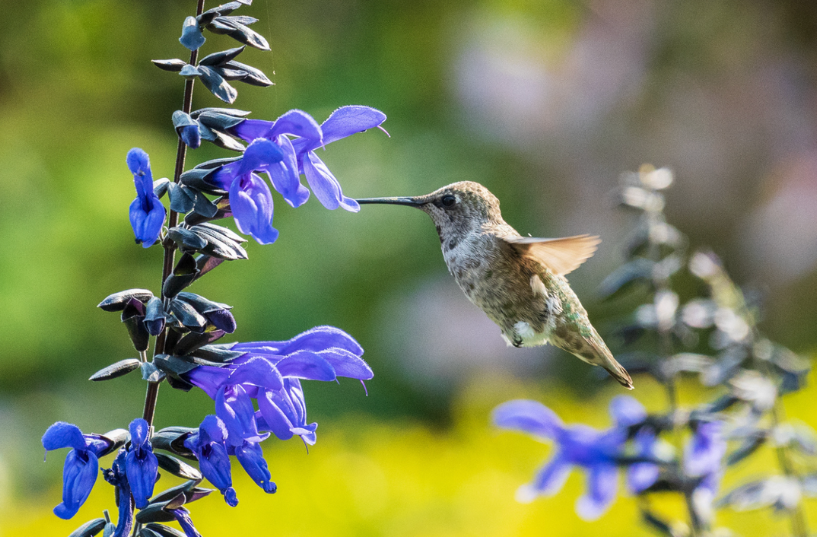
19 Feb Monoecious vs Dioecious Trees: What Are They?
Have you ever wondered why some plants need both a male and a female to reproduce? That’s the beauty of dioecious plants. In dioecious species, each plant has either male or female reproductive organs, making them unique in their need for cross-pollination.
This fascinating trait sets them apart from their monoecious counterparts, sparking interest and questions about plant reproduction.
By exploring this topic, you’ll gain a better understanding of how plant reproductive strategies can shape the gardens and ecosystems around you.
Biology and Reproduction of Dioecious Plants
In studying dioecious plants, you come across fascinating variations in plant reproductive strategies.
Understanding these strategies involves comparing dioecious and monoecious plants and exploring how sexual reproduction is organized in plants with unisexual flowers.
Defining Dioecious and Monoecious Trees
When you think about plant reproduction, dioecy stands out as a system where a plant has a specific sexual identity. Each plant is either male or female, producing either stamens or pistils, but not both.
Meanwhile, monoecious plants have both male and female flowers on a single individual. Dioecious plants often contrast sharply with their monoecious counterparts. Monoecious plants bring together male and female reproductive organs in one plant, while dioecious plants maintain separation.
This distinct separation in dioecious plants leads to an evolution of unique mechanisms for pollination and seed production. You might often notice that dioecious plants require animal or wind pollinators due to this division of sexes.

Sexual Reproduction in Dioecious Species
In the fast-paced world of dioecious plant reproduction, you see that unisexual flowers bring their own set of dynamics. These plants need a compatible partner for fertilization, leading to interesting strategies to attract pollinators. The male plants usually bear flowers with stamens, producing pollen to fertilize the female plants.
On the flip side, female plants hold pistils, awaiting pollen for fertilization. It’s an intriguing system relying heavily on external forces like insects or wind for pollination. This dependency shapes the plant’s growth and flowering habits.
So, what does this mean for plant survival? It often encourages robust genetic diversity, as cross-pollination between different plants leads to varied offspring. This genetic mix strengthens the plant’s ability to adapt to changing environments, enhancing resilience over time.
Ecological Significance and Horticultural Practices
Dioecious plants play a significant role in biodiversity due to their unique reproductive strategies, impacting both ecosystems and horticultural practices. These plants provide specific challenges and opportunities for gardeners looking to cultivate certain species.
Diversity and Adaptation in Plant Reproduction

Dioecious plants, such as holly and kiwi, require male and female plants to reproduce. This separation of sexes encourages genetic diversity. Think about it: How fascinating is it that these plants have evolved an imperfect flower structure, lacking both stamens and pistils in the same flower?
This distinction contrasts with monoecious plants, which have both male and female flowers on the same plant. Dioecious plants often rely on animal pollinators or wind for reproduction, making them integral to ecosystems.
Consider the rich biodiversity in areas where dioecious plants thrive, often fostering complex interactions among pollinators, like bees and birds, enriching the ecological tapestry.
Selection and Cultivation of Dioecious Plants
In a garden setting, choosing dioecious plants demands careful planning. Imagine needing both male and female trees to produce fruit. Without both genders, you may have a lovely garden without the lush rewards of berries or fruits.
Consider the case of the male holly plant, often required to produce those iconic red berries on a nearby female plant. When selecting dioecious species, you must think about the plant’s cultivar, spacing, and placement. Dioecious plants can enhance diversity and beauty, but only if their specific reproductive needs are met.
As gardeners, your understanding of dioecious plant needs shapes the success of your garden, offering the excitement of balancing beauty with productivity.
Understanding The Difference Between Monoecious and Dioecious Trees Can Transform Your Gardening Success
Do you ever wonder why certain trees in your garden flourish while others just seem to struggle? It could be linked to their reproductive strategies.
Monoecious trees have both male and female flowers on the same plant. This makes pollination straightforward because they don’t require a second plant to reproduce. Examples: Oak and Pine.
In contrast, dioecious trees have distinct male and female plants. This means in order for fruit production to occur, both a male and a female plant are necessary in proximity. Examples: Holly and Willow.
Here’s a quick table comparing Monoecious and Dioecious trees:
| Tree type | Male and Female Flowers | Examples |
| Monoecious | On the same tree | Pine, Oak |
| Dioecious | On separate trees | Willow, Holly |
Choosing the right types affects not just the growth but also the look and feel of your entire garden. Imagine a lush garden with a mix of both, creating harmony and beauty. Need guidance on which to plant?
For expert advice and quality tree selections, Price Right is here to assist you. Contact us at 817-290-3361 to get started today.
